Building of the Day: 899-907 Fulton Street, a Former Gambling Den in Clinton Hill
Brooklyn, one building at a time. When the police raided a gambling den in this building in 1911, patrons escaped by riding down the dumb waiter. Just a few years later, the same space became the clubhouse for one of Brooklyn’s first Colored Boy Scout Troops. Name: Commercial building Address: 899-907 Fulton Street Cross Streets: Corner Clinton…
Brooklyn, one building at a time.
When the police raided a gambling den in this building in 1911, patrons escaped by riding down the dumb waiter. Just a few years later, the same space became the clubhouse for one of Brooklyn’s first Colored Boy Scout Troops.
Name: Commercial building
Address: 899-907 Fulton Street
Cross Streets: Corner Clinton Avenue
Neighborhood: Clinton Hill
Year Built: Around 1908
Architectural Style: Renaissance -Romanesque Revival
Architect: Unknown
Landmarked: No
“The Hill” goes from mansions to apartments.
By the end of the 19th century, Clinton Hill was enjoying its status as one of Brooklyn’s wealthiest and most popular neighborhoods. Grand mansions and townhouses lined Clinton and Washington Avenues, and large churches dotted the streetscape.
In addition to the single family houses, elegant hotels and apartment buildings also rose on these same streets, and “The Hill” as it was called, was still growing.
It stands to reason, therefore, that suitable retail establishments would open on Fulton Street, easily accessible to public transportation and pedestrian traffic.
However, commerce didn’t happen all at once. This building was built on a site once part of a large mansion facing Clinton Avenue. That home stood until at least sometime after 1904, as it appears on the Sanborn Insurance map for that year.
The mansion and its neighbor succumbed to development, and a few years later were replaced by three apartment buildings and this group of stores.
1904 map, New York Public Library
Elegant Romanesque details.
One may expect this building to be older than the middle of the first decade of the 20th century, but it is not. It dates from somewhere between 1904 and 1908.
It’s in a very clean Renaissance Revival style with Romanesque Revival details, as articulated by the row of arched windows with elegant brick voussoirs crowning them, running along the entire second floor expanse.
Below are five retail spaces. The spaces were probably subdivided over the years. I could find nothing in the literature supporting more than one business at a time being on the lower floor.
The long cornice running the length of the building is ornamented by a cast metal frieze in a running Greek key motif. It would not be surprising to discover that a similar band ran above the storefronts when the building was first constructed.
1908 Brooklyn Eagle ad
Paintings, an accident, and 30 barrels of sugar
In 1908, the storefront, or at least part of it, belonged to the Clinton Art Gallery. From the literature, it seems they had a large portion of the space. In that year, and for several years afterward, they held frequent art auctions here, mostly selling the fine art collections of wealthy, but now deceased Brooklynites.
By 1920, this space, or one of these spaces, was home to a wholesale grocer named Edward C. Hall. In 1922, the horse on his delivery wagon kicked an 8 year old boy who was playing near the wagon, inflicting serious internal injuries.
A year later, Hall was sued by the American Sugar Refinery Company for cancelling an order for 30 barrels of sugar. They wanted to collect on their claim of over $1,700, even though the order was not filled. The courts upheld the claim of Big Sugar.
Upstairs, the second floor was a large assembly hall style space, perhaps two. In 1911, this space opened as a pool hall.
But apparently, the pool hall was just a front. The big money was in gambling.
Photo by Suzanne Spellen
Raided!
In August of 1911, soon after the pool hall opened, the police raided the place. They had been tipped off, and had undercover officers watching the place all day. They observed a large crowd going upstairs.
The police brought a brand new-fangled hydraulic battering ram to break down the entrance. Unfortunately, it didn’t work all that well, and the resulting delays enabled many of the patrons to escape via a dumb waiter.
But the raid did result in the arrest of the man running the joint, and the names and addresses of the remaining patrons. It turned out that many of them were “respectable” men from the neighborhood. The police were “shocked.”
That October, the place was raided again. It closed permanently soon afterward.
A new life.
For the next decade, at least, the upstairs was used on behalf of Brooklyn’s “colored” population. From 1912 to 1917, this was home to the Colored Republican Club. They held meetings and rallies here, and advocated for more inclusion into Brooklyn’s political life and concerns.
This address was also home to Troop 55, one of Brooklyn’s first Colored Boy Scout Troops. They were located here in 1917, as well.
In 1918, it became the offices for the Colored branch of the YMCA. There had been a “Colored branch” of that organization on Carlton Avenue. In 1918, a new branch was being built, and the organization relocated here in the meantime.
The YMCA took great pride in their new branch, although not enough to integrate their membership into their main branch on Hanson Place. The Carlton Place YMCA building still stands, now a nursing home.
Between 1927 and 1932, the space was renamed “Clinton Hall” and housed the Colored Democratic Club.
After all these years, this is still a good looking row of buildings, now gaining new life as Fulton Street continues to change and become more upscale. Hopefully wiser heads will prevail and this building will be recognized as a perfect two story gem and not fall to become a much higher apartment tower.
Top photo: Suzanne Spellen
Photo by Christopher Bride for PropertyShark






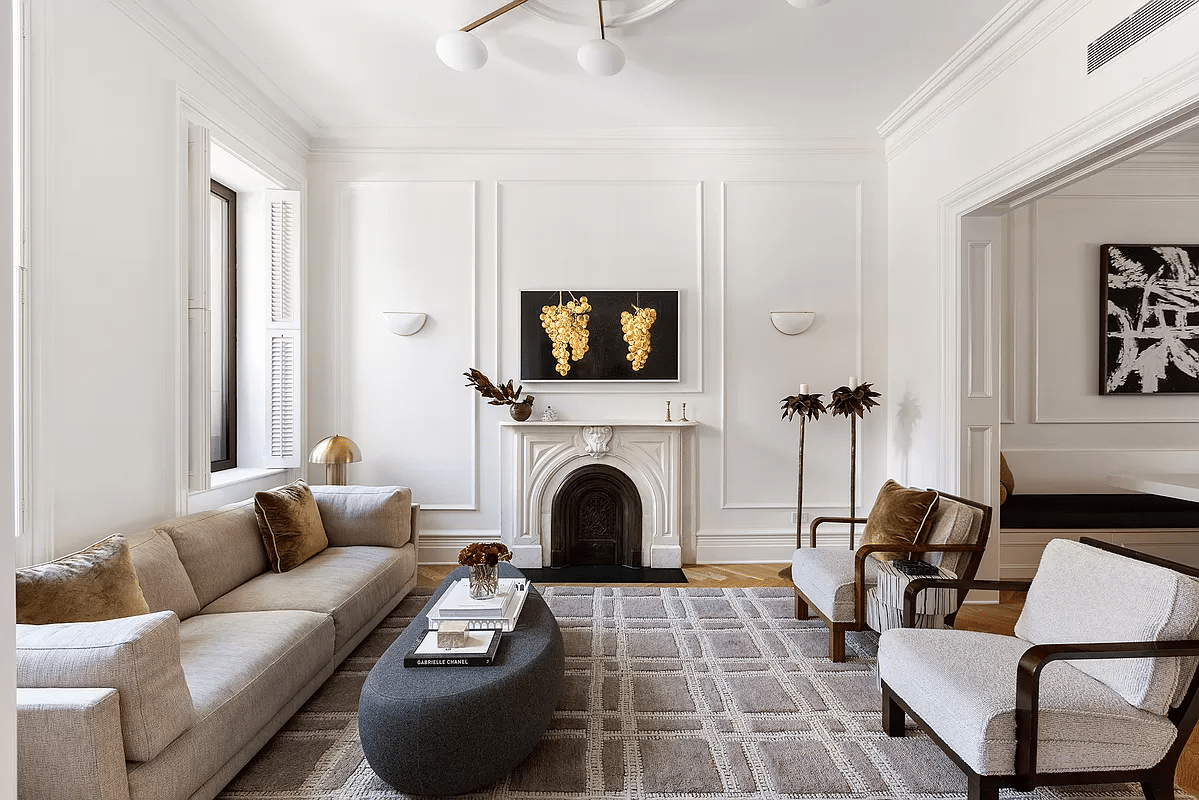

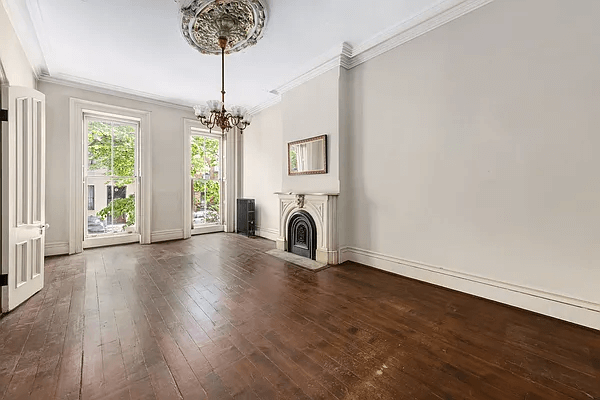
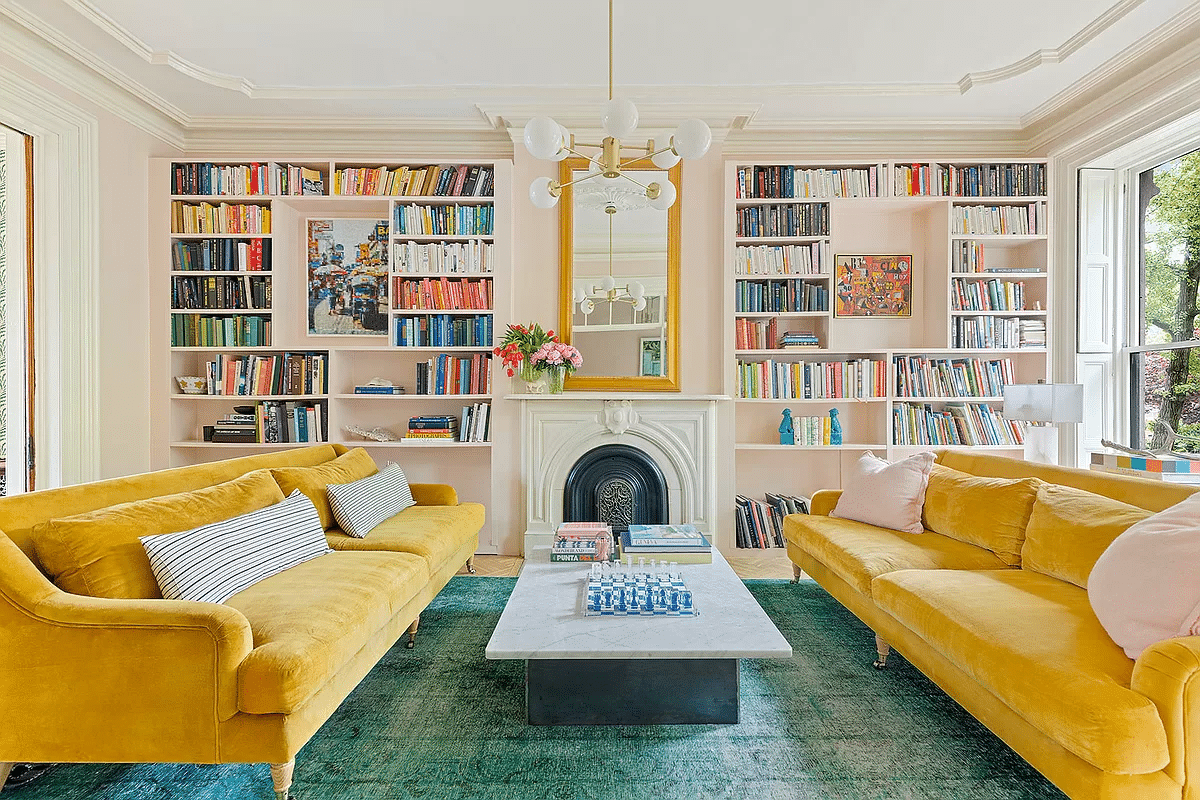

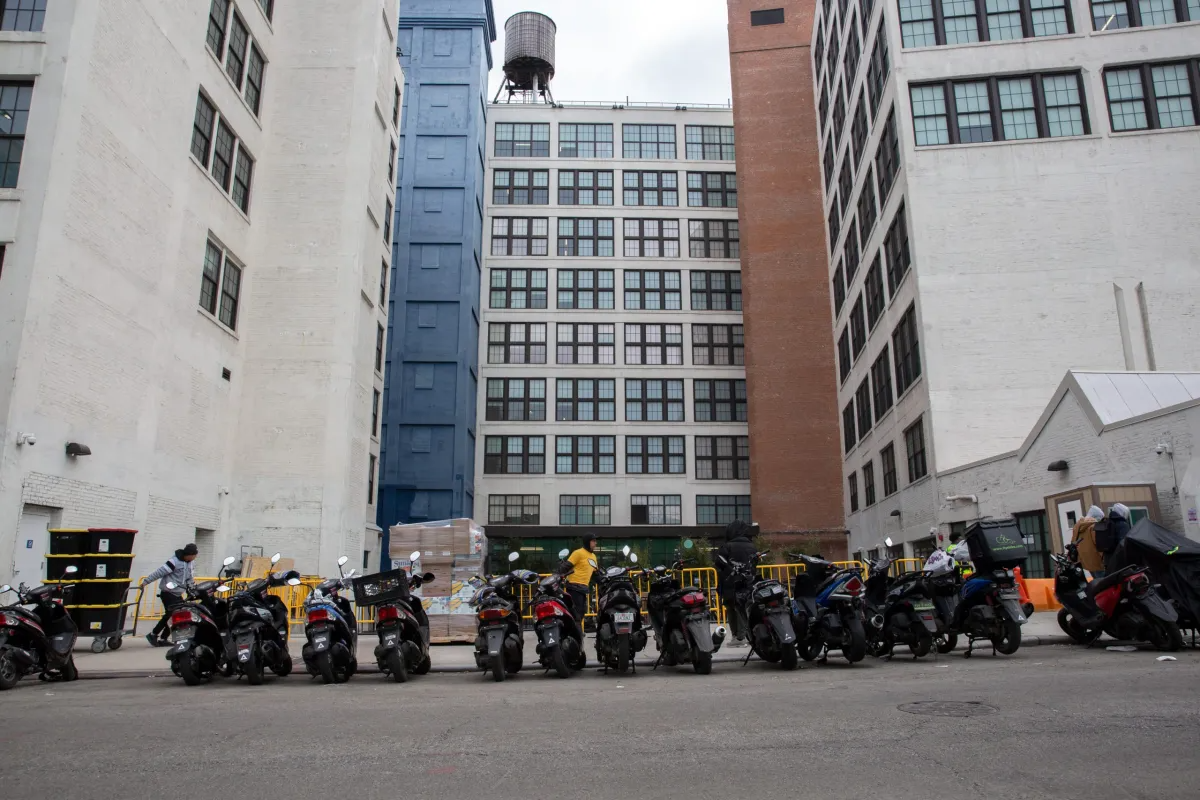
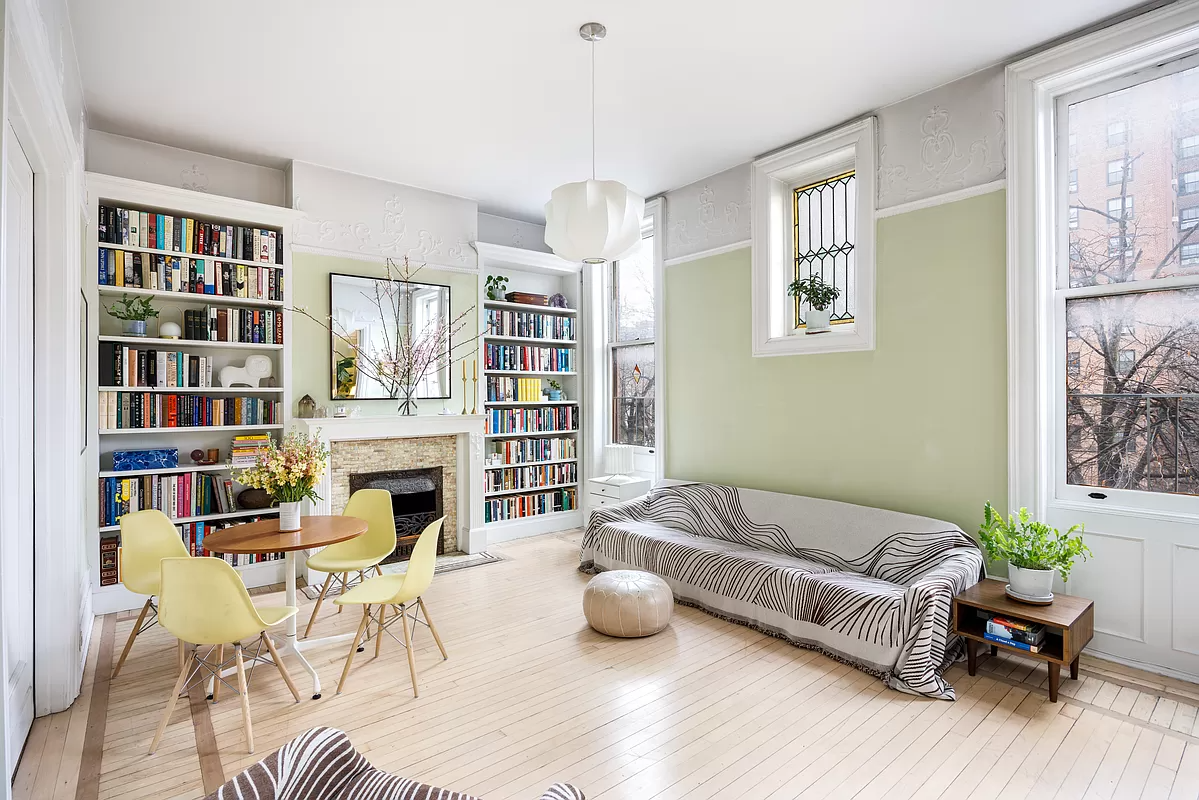
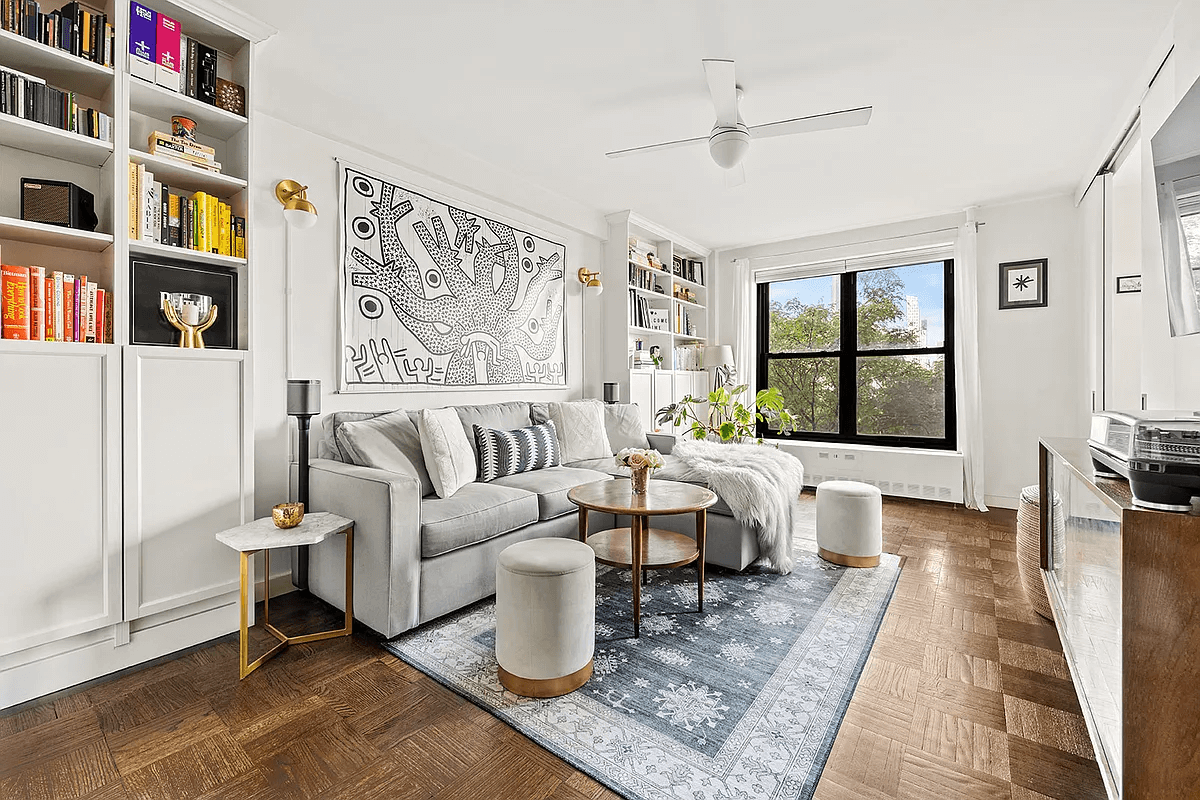
What's Your Take? Leave a Comment